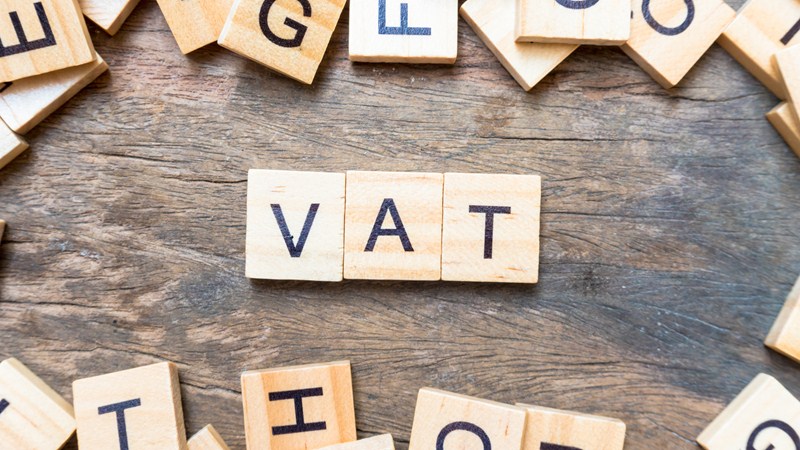
by | Jan 25, 2024 | Value Added Tax
There are special VAT rules that allow businesses to standard rate the supply of most non-residential and commercial land and buildings (known as the option to tax). This means that subsequent supplies by the person making the option to tax will be subject to VAT at...

by | Jan 18, 2024 | Value Added Tax
The VAT Flat Rate scheme allows businesses to pay VAT as a fixed percentage of their VAT inclusive turnover. The actual percentage used depends on the type of business. The scheme has been designed to simplify the way a business accounts for VAT and in so doing reduce...

by | Jan 11, 2024 | Value Added Tax
Before Brexit, the UK was unable to zero rate VAT on women’s sanitary products under EU rules and the items were subject to 5% VAT. Following the end of the transition period the UK was no longer bound by the EU VAT Directive which mandated a minimum 5% rate of...

by | Jan 4, 2024 | Value Added Tax
The taxable turnover threshold that determines whether businesses should be registered for VAT is currently £85,000. The taxable turnover threshold that determines whether businesses can apply for deregistration is £83,000. Businesses are required to...

by | Jan 4, 2024 | Value Added Tax
If using the VAT Flat Rate scheme, businesses pay VAT as a fixed percentage of their VAT inclusive turnover. The actual percentage used depends on the type of business. The scheme has been designed to simplify the way a business accounts for VAT and reduce the...

by | Dec 20, 2023 | Value Added Tax
There are special rules to ensure that goods sent from abroad are taxed appropriately and to ensure that UK businesses supplying goods in the UK – for example by having to compete with VAT free imports – are not disadvantaged. This includes goods...








Recent Comments